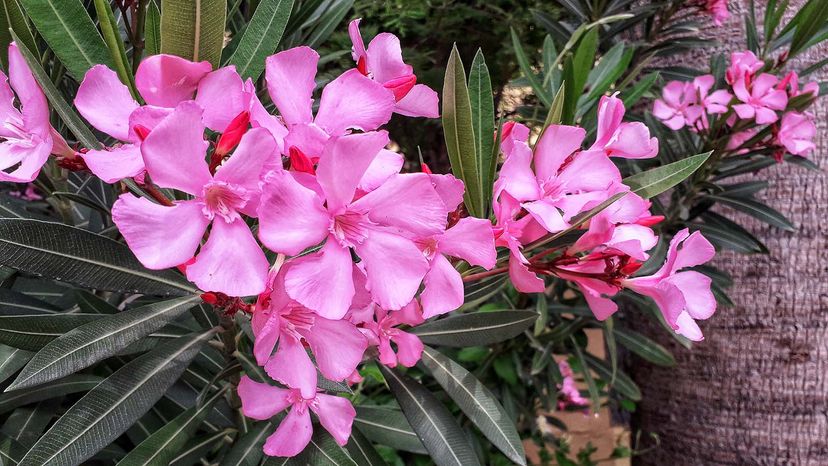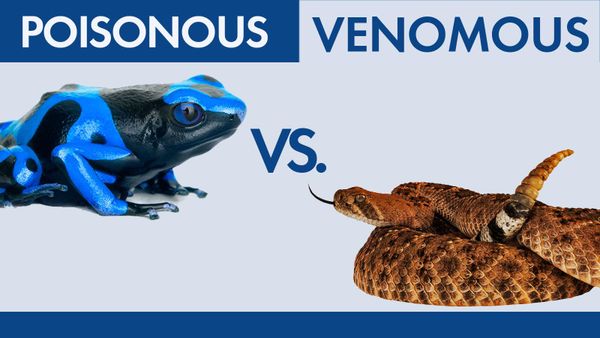There is absolutely no published evidence that oleander can offer any benefit for people with COVID-19, and experts are worried that by publicizing the plant's name in relation to the pandemic may lead people to erroneously self-medicate.
"There is one single preprint study, with significant conflicts of interest from the people who are trying to sell oleandrin, that claims there is a benefit in COVID-19-infected monkey kidney cells, which has not passed the peer review process that is standard for scientific literature," Marino says. "Oleander has no approved therapeutic indications."
A 2010 case report and review found that oleandrin specifically interferes with the sodium-potassium pump of the heart, which can potentially lead to arrhythmias (problem with the rate or rhythm of the heartbeat). Consuming oleander can also cause gastrointestinal effects.
"I think there are many potential dangers when we use an extract from a poisonous plant on a mass scale, and as a nurse practitioner and herbalist with a master's in public health, the roll out of an oleander-based drug — especially one that has been moved quickly through the FDA's approval process — is worrisome to say the least," Albina says.
"Every part of the oleander plant is toxic," Marino says. "These plants have long been used as hedgerows because they can kill any life that tries to eat them. People living in areas with these plants are taught not to even use the sticks as skewers for cooking food because of the risk of toxicity.
"If oleandrin were to be used in humans, the window before it became toxic — and poisoned people — would be so small as to be almost impossible to achieve safely. Like drinking from a fire hose, there is a very high amount of guaranteed risk associated with minimal potential for benefit."
Marino says he's deeply concerned by the false reporting on the benefits of oleander and everyone should exercise extreme caution and critical thought when considering any medical advice and to seek out evidence-based information in the form of hard science.
"We are in the middle of a devastating pandemic that has killed over 170,000 Americans," he says. We have also seen the rise of anti-scientific sentiment and science denialism ... Science does not inherently favor one political side over another, and while science may be uncertain at times — especially when facing a novel virus causing a global pandemic — it is not something that can be framed as having two sides. Science simply is. Anyone who says otherwise is trying to manipulate or take advantage."


